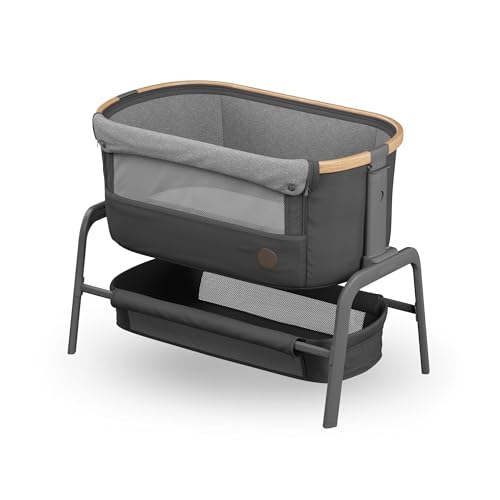15 Incredible Stats About Sale Cot
How to Choose a Sale Cot Mortuary Cots are a vital piece of equipment used in funeral hospitals and funeral homes. They enable staff to transport bodies in a safe and respectful manner. They also provide a dignified and comfortable place to rest the body. COTS items play an essential part in the federal marketplace however they can be difficult to manage. This blog will examine how COTS are integrated into GSA schedules and other government procurement rules. Cost-effectiveness The use of commercial-off-the-shelf (COTS) products allows procurement agencies to gain efficiencies by purchasing items that are readily available from the marketplace. This can reduce the time to develop as well as life-cycle costs. It lets procurement agencies benefit from the latest technological advances and experience in the field. It is important to remember that COT designations are subjective, and that different organizations may interpret COTS items in a different way. This could pose a problem for a business that relies on a consistent methodology to calculate government prices accurately. GPOs and wholesalers for instance, usually have lists that are not the same as the list used by manufacturers to calculate government pricing. A well-documented SOP, as well as a COTS Reference Library are vital elements to implement an efficient and uniform method of assigning COTs. Reliability Sale cots are an essential purchase for mortuary facilities. It should be reliable and durable enough to stand up to heavy use. It should also be simple to move and set up. The manufacturer should offer excellent customer support in case of any issues after sales. Also, take feedback from your staff before making the final decision. They will be the ones who will use the cots, and can determine if the cot is robust and reliable. Wholesalers and GPOs assign COT designations that are not in line with the list of the manufacturer. This is due to a variety of factors, including changes in business models and mergers and acquisitions. This presents challenges for the consistent application of an unreliable lens to the classification of COTS. Durability The durability of sale cots is vital as they must be able to stand up to the rigors of heavy use and frequent transport. These cots are utilized by a variety of funeral homes to display the remains of deceased persons. They must be strong enough to support the weight of caskets as well as other things. Cots must also be resistant against corrosion and have an easy-to-assemble and stable structure. It is crucial to select a business that offers customer service and is able to assist with any issues that could arise following the purchase. Solid wooden cots are the ideal option for furniture for babies since they're strong enough to last and less likely to contain harmful chemicals or toxic off-gassing unlike composite materials like MDF or chipboard. They're also more attractive than less expensive alternatives. The Westport design by Silver Cross is a great option if you want a cot and lounge chair in one. It's constructed from a durable material and has three different levels of height suitable for growing babies. The instructions can be confusing but the cot is worth it when you understand them. The Helinox Cot One may be the tiniest cot, but it is not as durable as other models we have evaluated. It's also more complicated to assemble, as it's made up of many components. However, it's very comfortable and is a great option for backpackers. It's also 14 oz lighter than the Thermarest Luxury Lite and Sleep Rite. Safety If you supply cots, you must ensure that they comply with the safety standards. This is an important step to prevent injuries to children and even death. This can be accomplished by asking your supplier if their products have been tested independently. Ask your supplier to send you a copy their test results. Alternatively, you can organize your own test. It's important that you check the safety of your cot before letting your baby sleep in it, whether it's brand new or used. Look for a certificate of compliance from the manufacturer, and explicit labels and warnings. It must be free of sharp edges, protrusions or gaps that could restrict a child's finger or leg. There should also be no footholds that a child can use to climb out of the cot. Check that the mattress of a cot is flat and clean. It should fit snugly without gaps, and the bottom edge of the rail should not be more than 30 mm from the base of the mattress. If the base of the cot is adjustable, make sure it is set to its lowest position. In addition, ensure that the slats or filler bars are securely fixed and don't have any small holes that could catch clothing. Nuts, bolts and corner posts shouldn't protrude more than 5mm to stop a child from catching their fingers. Make top rated cots that the cot is not near drapes or blinds that are loose and can be grabbed easily by small hands. Lastly be sure to look for a label showing that the cot has been evaluated to the mandatory standards and complies with Australian Standards AS/NZS 2172:2003 Cots for household use-safety requirements. This is the only assurance that the cot is safe and suitable for sleeping. It's illegal for sellers, antique stores and second-hand shops to sell antique cots that don't have certificates and labels. Accidents can occur, despite the fact that most designers and manufacturers do their best to ensure that their products are safe. Older cots that were used by children may not meet safety standards and may be a danger of death from suffocation or ingestion of foreign bodies. 